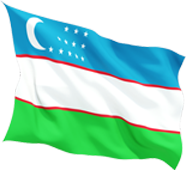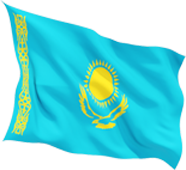One of the key principles of Uzbekistan’s economic growth is the widespread and parallel regional development, based on a deep analysis of the socio-economic situation of the country’s regions, including the study of resource base, production, transport-logistics potential, and demand for various high-value-added products.
According to the Ministry of Investment, Industry and Trade, based on the analysis results, regional investment programs (RIP) are formed annually and approved by the Government Commission, implemented with the coordination and support of the Ministry of Investment, Industry, and Trade of the Republic of Uzbekistan. Considering the identification of new opportunities, the list of projects expands throughout the year.
A characteristic trend for the investment programs adopted in the country in recent years is a shift from quantitative indicators to a sharp increase in product quality, value-added formation, which is typical for confident economies, and the creation of more jobs. This trend is also reflected in the RIP for the current year.
Within the RIP framework, the implementation of 7,656 projects with a total value of $11.6 billion is planned. Last year, there were almost twice as many projects – 14,120, with a total value of $8.3 billion. In 2023, the share of implemented projects in the industrial sector was 31.3% (4,419 projects), in the service sector – 52.7% (7,437 projects), in the agricultural sector – 16% (2,264 projects). In 2024, the focus is slightly different: production will increase to 36.6% (2,807 projects) due to a slight decrease in the share of the agricultural sector – 12.3% (945 projects) and services – 50.1% (3,904 projects).
In terms of project value, the leading three regions in 2024, as in the previous year, are Samarkand ($1.4 billion), Kashkadarya ($1.23 billion), and Namangan ($976 million) regions.
The list of leading industries in the industrial sector is traditionally led by the textile industry (637 projects), production of construction materials (616 projects), and food products (516 projects), while the alcoholic and tobacco industries are at the bottom (4 projects).
The implementation process of each project is a separate, complex task, within which the Working Groups of the Ministry of Investment, Industry, and Trade systematically study the regions, provide direct targeted support to project initiators.
As a result, in January 2024 alone, 466 projects have already been launched. The top three regions with dynamic starts are Kashkadarya (67 projects or 10.7% of the region’s project list), Jizzakh (20.9% or 65 projects), and Surkhandarya (10% or 45 projects) regions.
There are regions where project initiators need to put in more effort, such as Namangan (5 projects in January), Navoiy (12), and Bukhara (17) regions. However, overall, it can confidently be stated that the implementation of RIP projects will significantly increase production volumes, export of products, and provide employment for over 220,000 people in all regions of the country.
«Dunyo» IA












